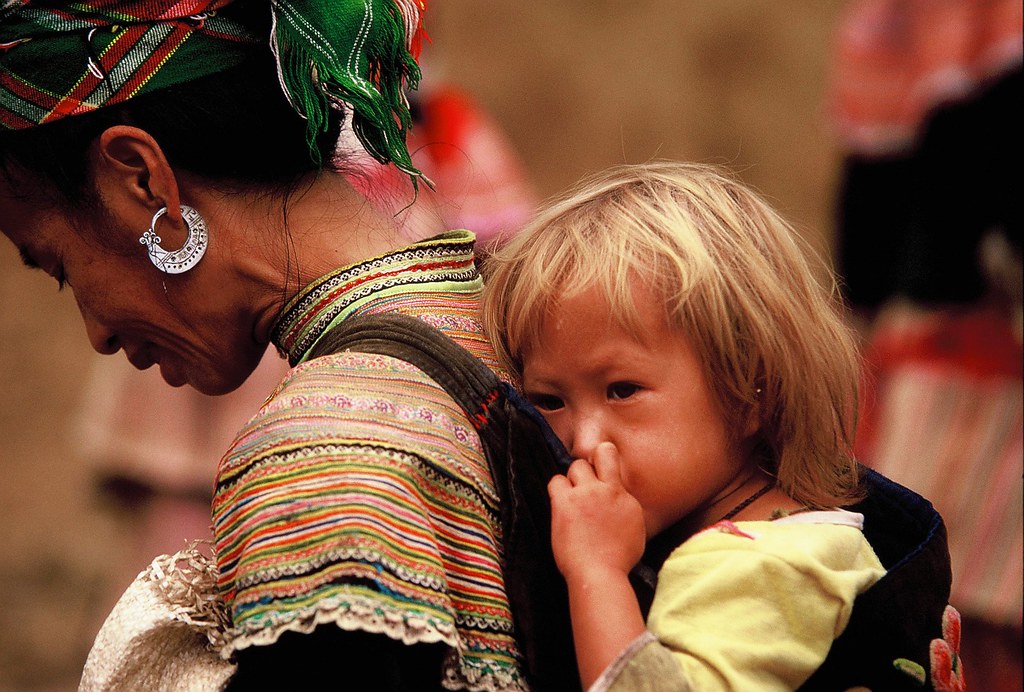
Cultural Identity in Post-Modern Society: Reflections What Is a Hmong?
Cultural Identity in Post-Modern Society: Reflections on What Is a Hmong?
Exploring Hmong Origins in Post-Modern Society – Dive into the rich tapestry of Hmong cultural identity, from mythical creation legends of the Great Flood to fascinating theories of Arctic, Mongolian, and even biblical origins. This thought-provoking piece unravels the complexities of Hmong heritage, challenging perceptions while celebrating their unique traditions of clan exogamy and enduring cultural resilience.

Hmong Cultural Origins and Identity in Post-Modern Society
The Hmong people, with their rich history and unique cultural identity, continue to intrigue scholars and communities worldwide. Their creation myths, migration stories, and strict societal practices reveal a tapestry of resilience and distinctiveness that has endured for centuries.
The Mythical Origin of the Hmong
Central to Hmong lore is the legend of the Great Flood, which tells of a brother and sister who repopulated the earth after a deluge. This origin story raises fascinating questions about identity and morality. While the tale implies an ancestral connection, Hmong culture firmly condemns incest, with strict rules of clan exogamy that prohibit marriage within one’s clan. This paradox invites us to consider whether the Great Flood story serves as a symbolic narrative rather than a historical recount.
Western scholars have also speculated about the Hmong’s connection to far-flung regions such as the Arctic and Mongolia. Stories among the Hmong about a land of stars and snow — where darkness envelops half the year — draw parallels to Arctic conditions. Some suggest these tales echo migrations from regions far north before the Hmong settled in Southeast Asia.
Cultural Practices and Identity
Hmong clans practice strict exogamy, which is integral to their social structure. These practices emphasize communal harmony and the maintenance of their distinct identity across generations. The clans’ deep respect for traditions and ancestry is a defining characteristic of Hmong culture.
The speculation about the Hmong being a lost tribe from the Old Testament or connected to Caucasian origins, due to traits like albinism, illustrates the diverse theories surrounding their ancestry. These theories, while intriguing, lack concrete evidence but reflect the global fascination with the Hmong’s enigmatic roots.
Reflection in Post-Modern Society
In a post-modern context, Hmong identity remains vibrant yet evolves with the diaspora spread across the world. From their origins in Southern China and Southeast Asia to their presence in countries like the United States, the Hmong navigate the dual challenge of preserving their traditions while adapting to new cultural landscapes.
The Hmong story is not just one of migration and survival — it is also a testament to the power of cultural narratives in shaping identity. Whether through legends of the Great Flood or connections to the Arctic, these stories offer profound insights into the resilience of the Hmong people and their enduring cultural significance.
Final Thoughts
The Hmong’s cultural origins may remain shrouded in mystery, but their contributions to history, tradition, and modern society are undeniable. By exploring their legends, practices, and migratory tales, we can appreciate the intricate layers of a people whose identity bridges the mythical and the tangible, the past and the present.
For anyone curious about the origins and traditions of the Hmong people, their story is a journey through history, mythology, and culture that continues to inspire and educate.
References and Further Reading
- Cultural Identity in Post-Modern Society: Reflections on What Is a Hmong? | Mythical Origin | Members.Ozemail.Com.Au





Responses